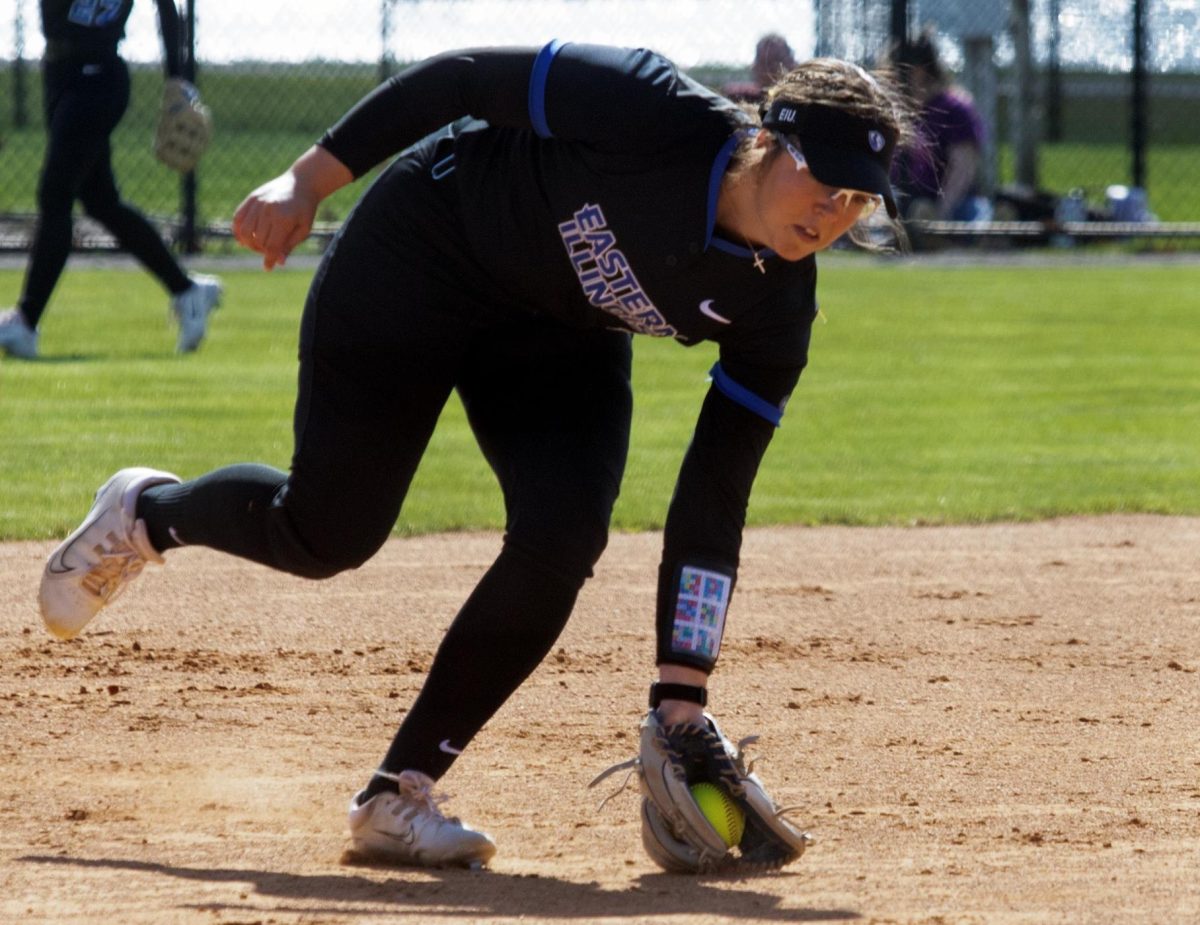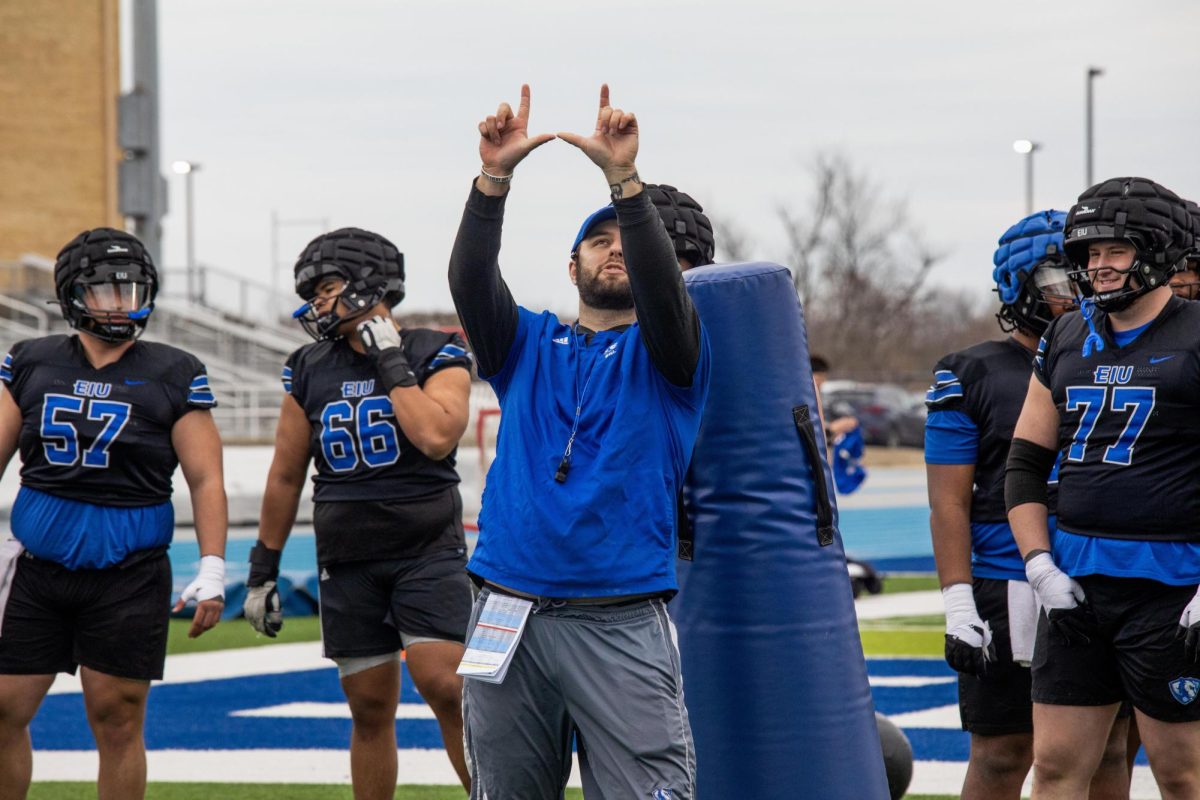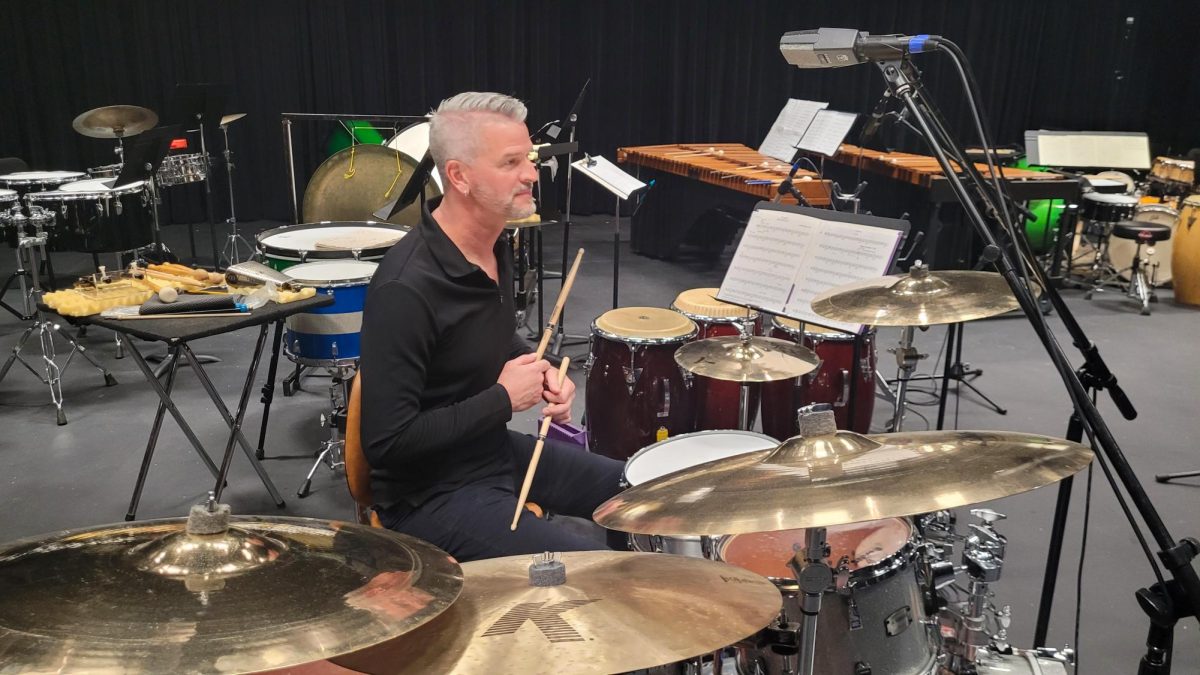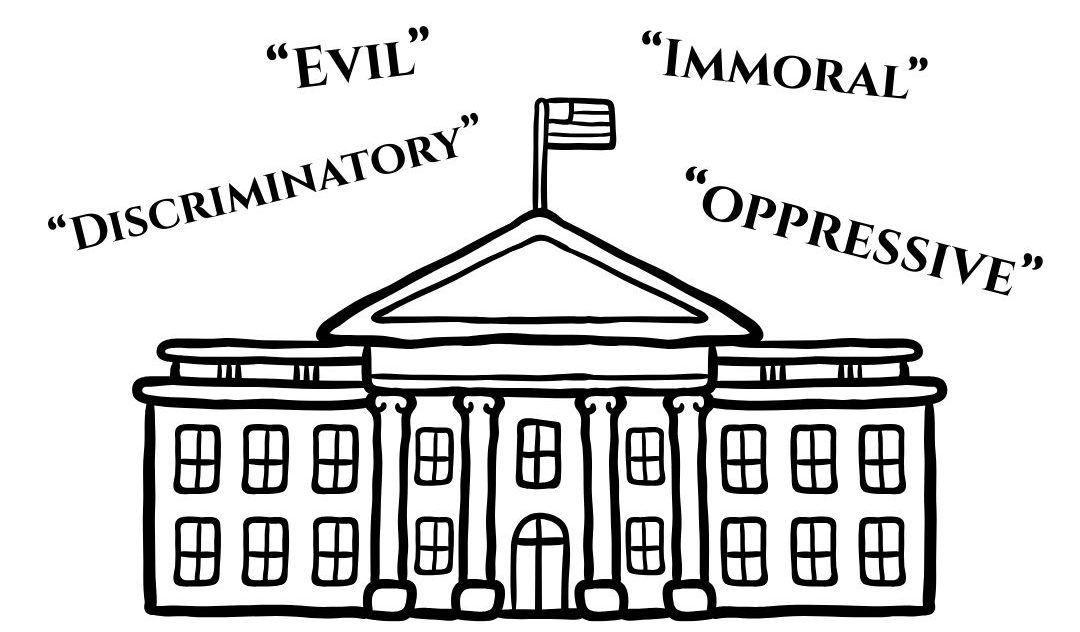I am no courtesy crusader, but as someone who studies writing for both school and fun, I often contemplate effective communication practices and if the perceptions of readers align with the intentions of writers.
It fascinates me how there are so many unwritten rules that infer courtesy and tone within written language, especially in today’s email intensive professional culture. Dare I say emojis are simply inappropriate for professional settings?
Oftentimes, hidden meanings and intentions are found in plain sight, and between the lines.
In this week’s column, I will share the most effective email sign offs that I use or have received over the years. Email sign offs often convey subtle meanings that I think most people do not consider. These are not in any particular order, but I will be saving my favorite for last.
Leading off, I often use “Take care” at the end of an email. It is a phrase I picked up from my family, noticing that my dad uses it frequently over the phone or when saying goodbye in person.
During the COVID pandemic, I found myself adopting this sign-off as a way to wish others good health and self-care. To this day, it remains my preferred choice.
“Many thanks” is a suitable option when corresponding with someone from whom we are seeking a favor, input, or a reply. It expresses a cheerful tone and, unlike “thanks in advance” (which, in my opinion, should never be used), it avoids striking a passive-aggressive tone.
“Regards” is a safe choice for ending an email, especially when the writer is unfamiliar with the recipient. It works well in situations where the email’s topic might be sensitive, as “regards” is a generic and non-confrontational sign-off that still conveys a sense of reverence, formality and respect.
“Respectfully” should be employed when interacting with individuals or institutions that we wish to impress. It fits well in cover letters or correspondences with potential employers or higher-ups in highly reputable organizations.
“Best” is a classic sign-off, although it can be somewhat vague. What does “best” refer to? Is the writer the best? Is the recipient the best? It is analogous to “Best wishes” and should be used when the writer is unsure how the message will be received.
It serves as reassurance to the recipient that no animosity or ill will is intended.
“Cheers” is an email sign-off that I believe everyone should use more frequently. It strikes a balance between formality and informality.
Use “Cheers” to conclude an email when someone asks for a favor, and you are responding in the affirmative. Do not hesitate to add an exclamation point at the end!
“In touch” is a nice option that is not commonly used. By signing off with “In touch,” the writer leaves the conversation open-ended and conveys willingness to respond if the recipient decides to reply, although a response is not necessarily expected.
An in-line sign-off with a hyphen is a streamlined method for signing off quickly without wordiness or wasted space, all while staying within the body of the message (and instead of using a traditional carriage return).
For example, if I were to end an email using this method, I would write: “Best, – Dan.” Reserve this type of sign-off for informal, short, and quick correspondences.
“All good thoughts” is my personal favorite. To me, it is the most pleasant and positive email sign-off one can send. It inherently provides encouragement, which is not a common currency among adults in online communication these days, for whatever reason (a problem we could all begin to address with minimal effort).
The only time I received an “All good thoughts” was when I sent a fan email to one of my favorite novelists, who responded and signed off with it.
Finally, no sign-off is necessary in professional communications with colleagues you correspond with frequently throughout the day or week.
When you work closely with someone and exchange numerous emails, simply placing your name at the start of a new line or omitting the sign-off altogether is sufficient.
Expressing courtesy and gratitude in email is a subtle art that takes practice, but it does make a difference. I understand that life may be busy and hectic, and that sometimes we fire off email without considering tone or how our messages might be received by the human on the other end.
But taking a moment to prepare a few clever email signatures is a wise time investment and will ensure we present ourselves as courteous, thoughtful professionals.
Cheers!







![[thumbnail edition] Assistant Coach of the Linebackers, Rodman Noel talking to the linebackers about their positions at O'Brien Field on the Eastern Illinois University campus, Charleston Ill.](https://www.dailyeasternnews.com/wp-content/uploads/2025/04/FB_24_O-1-e1744671213207-1200x609.jpg)






![[Thumbnail Edition] Charleston High School sophomore Railyn Cox pitches the ball during Charleston's 8-7 win over Flora High School on Monday, March 31.](https://www.dailyeasternnews.com/wp-content/uploads/2025/04/SBHS_01_O-1-e1743982413843-1200x1023.jpg)


![[Thumbnail Edition] Senior Foward Macy McGlone, getsw the ball and gets the point during the first half of the game aginst Western Illinois University,, Eastern Illinois University Lost to Western Illinois University Thursday March 6 20205, 78-75 EIU lost making it the end of their season](https://www.dailyeasternnews.com/wp-content/uploads/2025/03/WBB_OVC_03_O-1-e1743361637111-1200x614.jpg)












![[THUMBNAIL EDITION] (From left to right) Head football coach Chris Wilkerson works with his son student assistant coach Peyton Wilkerson at football practice at O'Brien Field on the Eastern Illinois University campus on Thursday.](https://www.dailyeasternnews.com/wp-content/uploads/2025/04/FB_25_O-1-e1744234837107-1200x596.jpg)










































